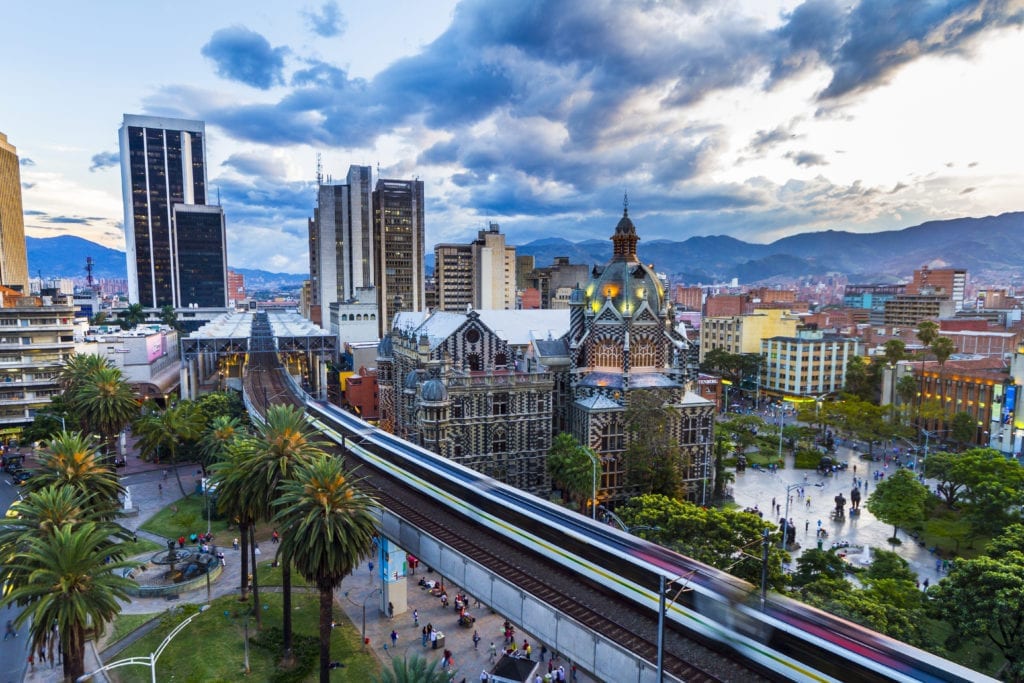Agriculture & Horticulture

From an economical point of view, the agricultural policy in Colombia is very well organized. Foreign Direct Investments (FDI) in the agricultural sector of Colombia are strongly stimulated by the government. The Colombian government imposes the same investment restrictions as it does on national investors, therefore creating a favorable environment for FDI.
Colombia also has Free Trade Agreements (FTAs). These FTAs with the United States and the European Union create opportunities. Thanks to these agreements, Colombia has preferential access to the 10 most important import markets for agricultural products, accounting for more than 60% of the global trade. The most promising agricultural sectors in Colombia are the fruits & vegetables sector and the cut-flower sector.
Colombia is one of the countries with the best topographical conditions and with a great variety of climatic zones for the cultivation of fruits and vegetables. The Colombian soil benefits from sunlight year-round. This makes it possible to cultivate certain crops year-round. Crops can grow both at sea level and at altitudes of 2,800 meters (9,168 feet), which represents close to 95% of the national territory.
The main investment opportunities in this field are;
- The assembly of production plants for preserves, sauces and other food products (made from fruits and vegetables).
- The assembly of processing plants that create products for supplying other companies.
- Organic and sustainable products represent a big opportunity given new international trends in nutrition.
Besides this sector, Colombia is one of the world’s foremost producers of flowers, exporting $1 billion per year and growing. In 2013, 65% of all cut-flowers imported into the U.S. were from Colombia, up from 55% a decade earlier. In 2016 this percentage increased to 80%. The Colombian cut-flower market also experienced a quality increase during these years. Coffee remains the largest export product of Colombia, with an average annual coffee production of 11.5 million bags. Other large active agricultural sectors in Colombia are; cattle breeding, tobacco, bananas and cocoa beans. Smaller sectors in Colombia are the fisheries and aquaculture. Although these sectors are smaller in size, new opportunities arise every day because of the introduced Free Trade Agreement.